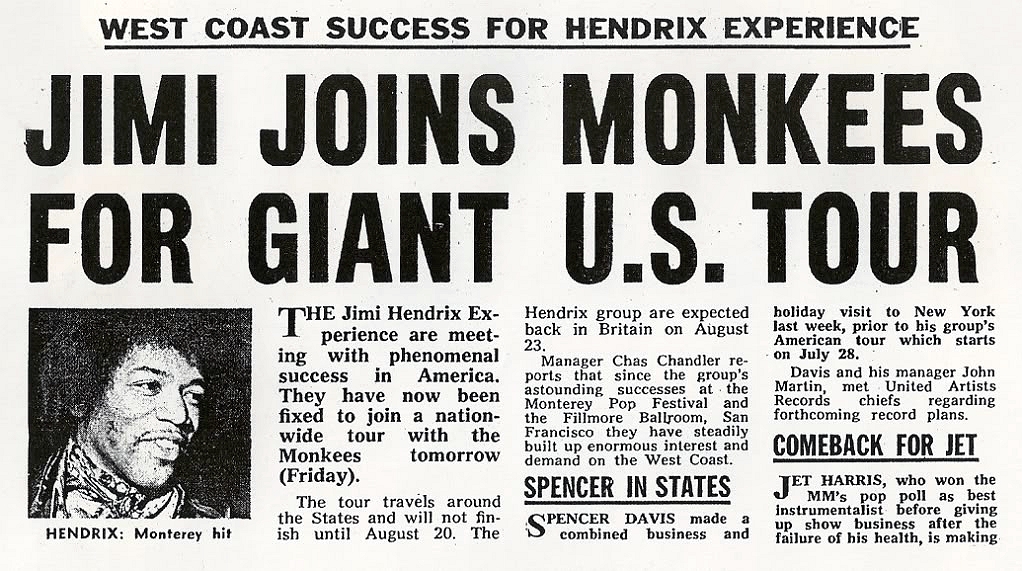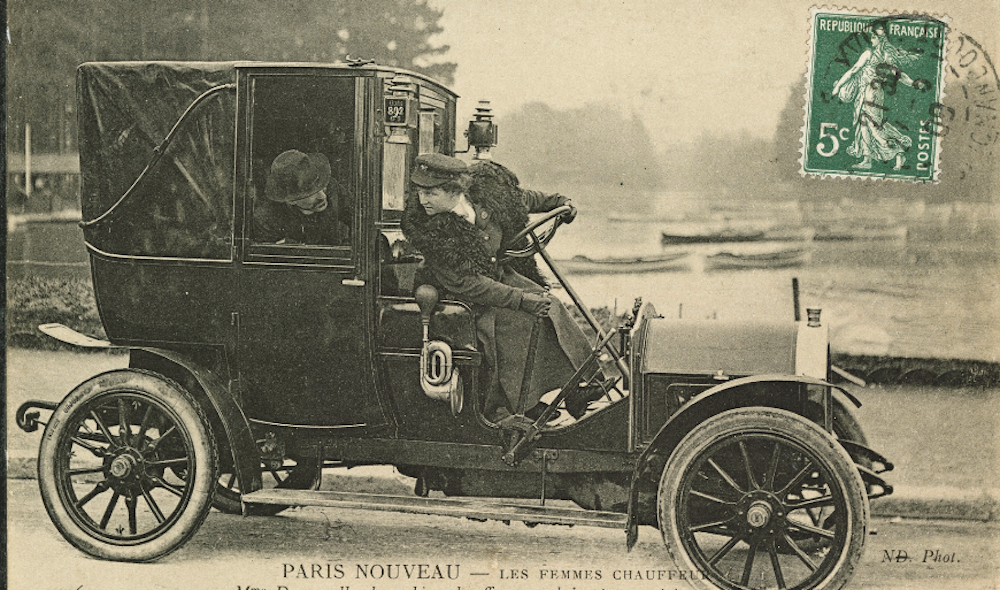Howlin’ Wolf may well have been the greatest blues singer of the 20th century. Certainly many people have said so, but there are other measurements than mere opinion, though it’s one I happen to share. The man born Chester Arthur Burnett also had a profound historical effect on popular culture, and on the way the Chicago blues carried “the sound of Jim Crow,” as Eric Lott writes, into American cities in the north, and into Europe and the UK. Recording for both Chess and Sun Records in the 50s (Sam Phillips said of his voice, “It’s where the soul of man never dies”), Burnett’s raw sound “was at once urgently urban and country plain… southern and rural in instrumentation and howlingly electric in form.”
He was also phenomenal on stage. His hulking six-foot-six frame and intense glowering stare belied some very smooth moves, but his finesse only enhanced his edginess. He seemed at any moment like he might actually turn into a wolf, letting the impulse give out in plaintive, ragged howls and prowls around the stage. “I couldn’t do no yodelin’,” he said, “so I turned to howlin’. And it’s done me just fine.” He played a very mean harmonica and did acrobatic guitar tricks before Hendrix, picked up from his mentor Charlie Patton. And he played with the best musicians, in large part because he was known to pay well and on time. If you wanted to play electric blues, Howlin’ Wolf was a man to watch.
This reputation was Wolf’s entrée to the stage of ABC variety show Shindig! in 1965, opening for the Rolling Stones. He had just returned from his 1964 tour of Europe and the UK with the American Folk Blues Festival, playing to large, appreciative crossover crowds. He’d also just released “Killing Floor,” a record Ted Gioia notes “reached out to young listeners without losing the deep blues feeling that stood as the cornerstone of Wolf’s sound.” The following year, the Rolling Stones insisted that Shindig!’s producers “also feature either Muddy Waters or Howlin’ Wolf” before they would go on the show. Wolf won out over his rival Waters, toned down the theatrics of his act for a more prudish white audience, and “for the first time in his storied career, the celebrated bluesman performed on a national television broadcast.”
Why is this significant? Over the decades, the Stones regularly performed with their blues heroes. But this was new media ground. Brian Jones’ shy, starstruck introduction to Wolf before his performance above conveys what he saw as the importance of the moment. Jones’ biographer Paul Trynka may overstate the case, but in some degree at least, Wolf’s appearance on Shindig! “built a bridge over a cultural abyss and connected America with its own black culture.” The show constituted “a life-changing moment, both for the American teenagers clustered round the TV in their living rooms, and for a generation of blues performers who had been stuck in a cultural ghetto.” One of these teenagers described the event as “like Christmas morning.”
Eric Lott points to the show’s formative importance to the Stones, who “sit scattered around the Shindig! set watching Wolf in full-metal idolatry” as he sings “How Many More Years,” a song Led Zeppelin would later turn into “How Many More Times.” (See the Stones do their Shindig! performance of jangly, subdued “The Last Time,” here.) The performance represents more, however, than the “British Invasion embrace” of the blues. It shows Wolf’s mainstream breakout, and the Stones paying tribute to a founding father of rock and roll, an act of humility in a band not especially known or appreciated for that quality.
“It was altogether appropriate,” says music writer Peter Guralnick, “that they would be sitting at Wolf’s feet… that’s what it represented. His music was not simply the foundation or the cornerstone; it was the most vital thing you could ever imagine.” Guralnick, notes John Burnett at NPR, calls it “one of the greatest cultural moments of the 20th century.” At minimum, Burnett writes, it’s “one of the most incongruous moments in American pop music”—up until the mid-sixties, at least.
Whether or not the moment could live up to its legend, the people involved saw it as groundbreaking. The venerable Son House sat in attendance—“the man who knew Robert Johnson and Charley Patton,” remarked Brian Jones in awe. And the Rolling Stone positioning himself in deference to “Chicago blues,” Trynka writes, “uncompromising music aimed at a black audience, was a radical, epoch-changing step, both for baby boomer Americans and the musicians themselves. Fourteen and fifteen-year-old kids… hardly understood the growth of civil rights; but they could understand the importance of a handsome Englishman who described the mountainous, gravel-voiced bluesman as a ‘hero’ and sat smiling at his feet.”
Related Content:
Chuck Berry Takes Keith Richards to School, Shows Him How to Rock (1987)
The Rolling Stones Jam With Their Idol, Muddy Waters
Josh Jones is a writer and musician based in Durham, NC. Follow him at @jdmagness









